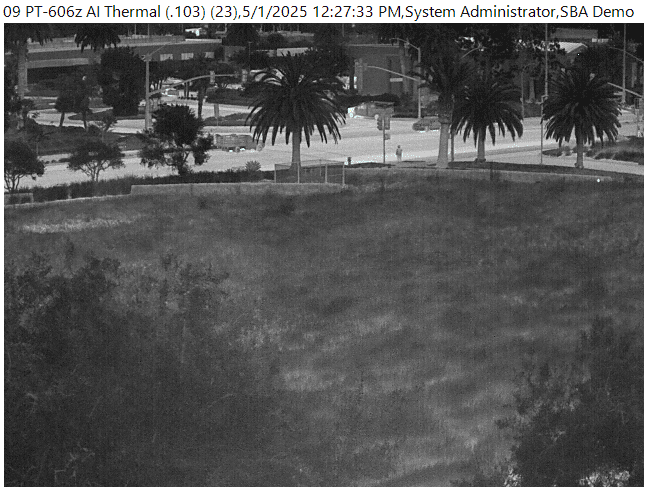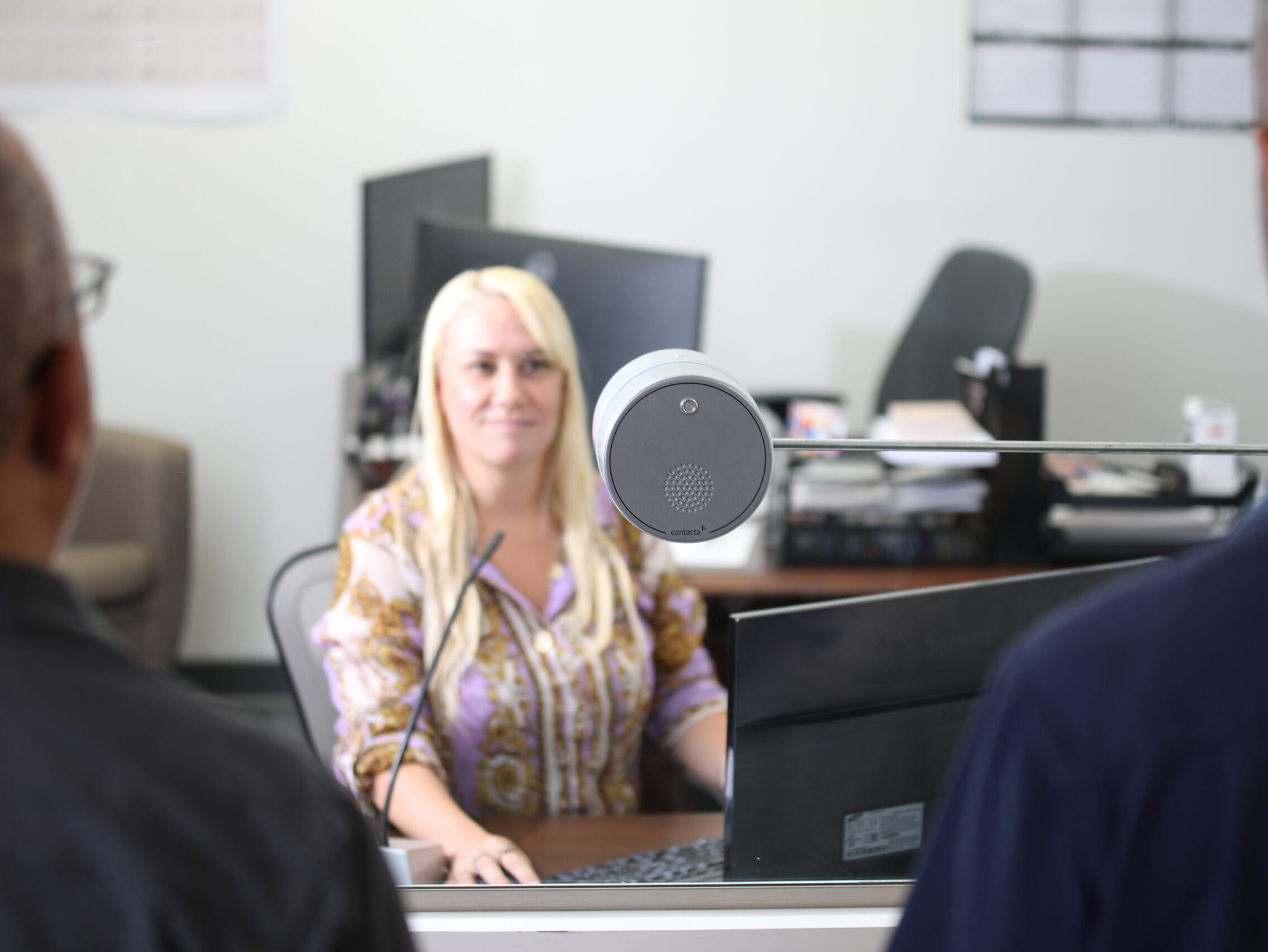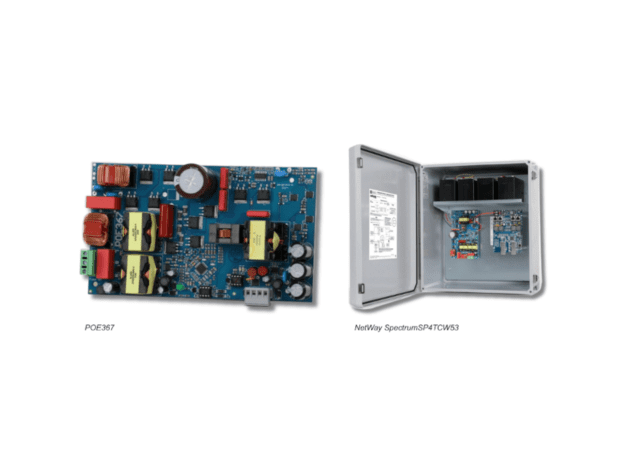A new guide has been published to help users of lone worker devices or smartphone apps understand when to summon help using their device.
Published by the British Security Industry Association to coincide with National Personal Safety Day (6th October), the trade body representing the UK’s private security industry – including a number of companies who manufacture lone worker devices – the two-page guide outlines a number of threat situations and recommends appropriate action.
Designed to provide a means to call for help for individuals working alone or without direct supervision, lone worker devices and smartphone apps provide essential peace of mind for many of the 6 million people in the UK who qualify as lone workers, including those in the healthcare, transport and retail sectors.
Connecting employees quickly and discreetly with an emergency response system that has direct links to the police, lone worker solutions range from applications on smartphones to dedicated GPS/GSM Lone Worker devices which are connected to an Alarm Receiving Centre (ARC) to receive and manage the alarm call and quickly request emergency services or other response if required.
Patrick Dealtry, Chairman of the BSIA’s Lone Worker Section, comments: “Almost by definition, lone working can be both intimidating and at times dangerous, so the protection of lone workers involves a twofold approach; not only to provide safeguards but also to offer reassurance to the people involved.
“However, in order for lone worker devices to work effectively, it’s important for users to understand what constitutes an emergency situation, and use their devices accordingly. Lone worker devices should only be used in situations where individuals face a direct threat of assault, or if they have had an accident. Using them to summon help in situations where there is no direct threat, such as for reporting shoplifting, theft or threats to other people, can compromise the emergency response.”

Educating employers and employees on the value of using lone worker solutions is the key aim of the BSIA’s Lone Worker Section, which recommends the use of devices or smartphone apps certified to British Standard BS8484 and which are monitored by an Alarm Receiving Centre certificated to BS8484 (Part 6) and BS5979 (Cat II).
This guide forms the latest in a series of guidance produced by the BSIA to help both employers and employees understand the role that lone worker solutions can play in protecting vulnerable employees working alone.
Rachel Griffin, Director of personal safety charity The Suzy Lamplugh Trust, comments: “Lone worker devices can play an important role in promoting and ensuring the personal safety of employees but too often we hear from lone workers that they are unsure how to use their device or what it is for. Today’s National Personal Safety Day provides a great opportunity to highlight the importance of personal safety and this guide is a great example of the importance of lone worker devices and provides a simple guide on how and when to use them.”
The new user guide, entitled ‘Use of a Lone Worker Device or App’, can be downloaded from the BSIA’s website. Alternatively, for more information on the BSIA’s Lone Worker Section, visit www.bsia.co.uk/lone-worker






















